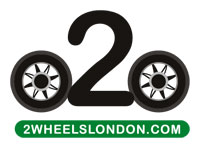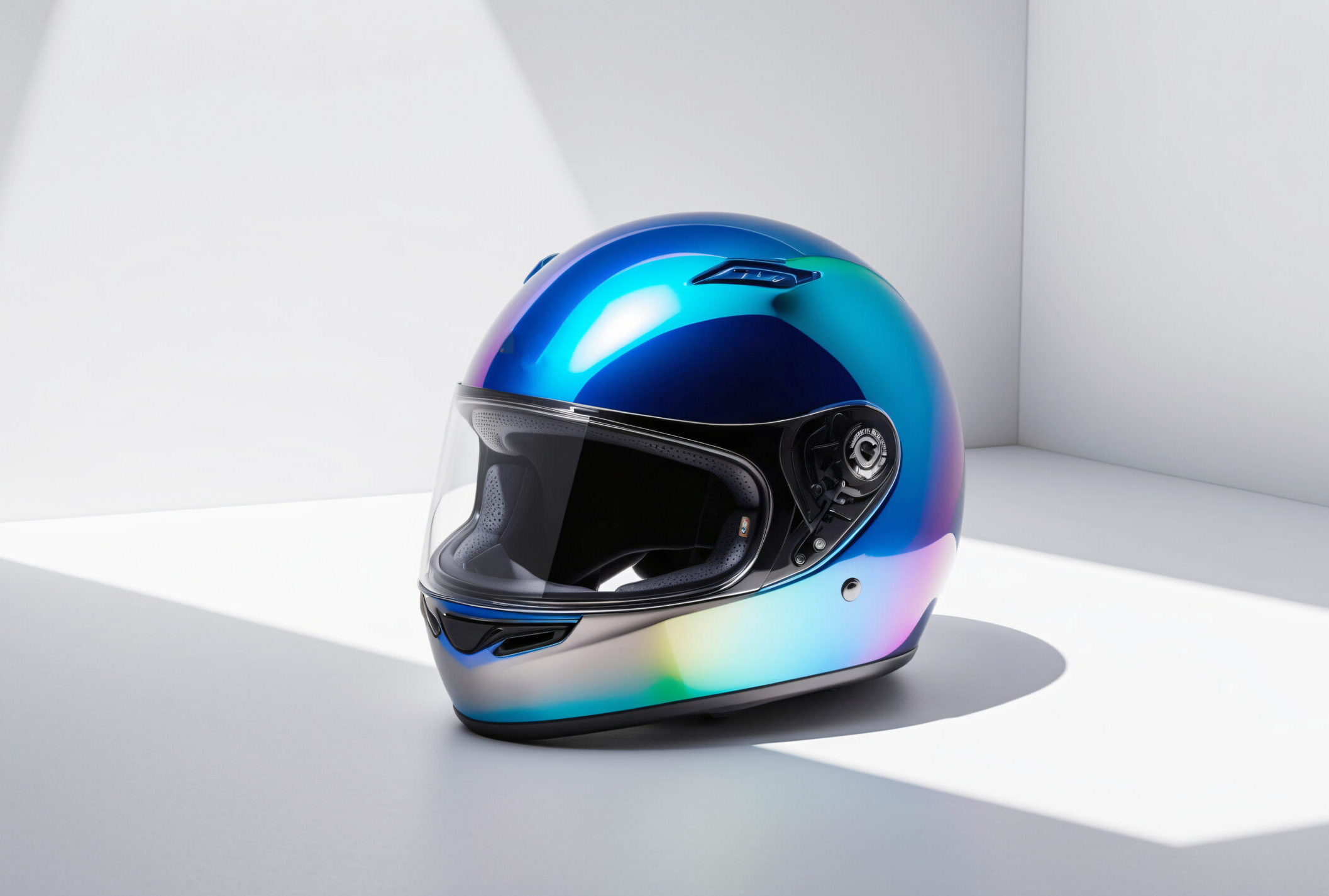If you're thinking about getting on a moped, scooter or small-engined motorcycle for the first time this spring, one of the questions you'll most likely be asking is: what gear do I need?
Well, why not let the 2 Wheel’s team take you through the basics in this New Rider series – starting with your head.
Because if we're going to get ahead on our new motorcycle this spring, we're going to need a helmet!
Helmets - and the law
The law states that anyone who rides a powered bike – and that's everything from a 50cc moped up – has to wear a helmet*. But which one?
The best place to start your search is on the SHARP Rating website. SHARP stands for the Safety Helmet Assessment
and Rating Programme, and it can found at https://sharp.dft.gov.uk.
It is full of great advice on the type and style of helmets on offer, how effective they are, their safety rating and which is best for the type of riding we’ll be doing.
The only helmets to go for are ones that carry British Standards approval; they will have a BSI Kitemark telling you they have passed rigorous tests.
They may also state that they are EU approved, or carry a UNECE rating; they're fine too.
Once we know which type of helmet we’ll be going for, it’s important to make sure it fits correctly. It needs to be snug and grip, particularly on the jaw, cheek bones and forehead, but not be so tight as to be uncomfortable and restrictive. It's important we can make those vital lifesaver checks freely and without discomfort before making a manoeuvre.
Never buy a second-hand helmet, no matter how tempting the price is. A helmets' structural integrity can be damaged by something as simple as dropping it, let alone if it’s involved in a full-on fall.
If we don't know the history behind our new helmet, steer clear.
It’s also important we buy a new helmet if ours is involved in an impact, even a minor one.
You can use an open-faced helmet rather than a full-head one, but they are not recommended for motorcyclists. However, they can be okay if you intend to ride only a moped but be warned: they offer less protection to the face in the event of a fall, and the lack of protection around the eyes means we are likely to get a face full of bugs and road grit while we ride. For that reason, wear goggles with an open-faced helmet – but a full-head helmet is always the better option, though.
Couple of other things to note. First, don't be tempted to get a visor that is too dark. It might make us look all mysterious and enigmatic but it will reduce visibility. It could also be against the law: the maximum tint allowed is 50%.
Finally, always ride with the chin strap done up. Riding without it fastened runs the risk of the helmet flying off and losing us the vital protection it offers.
Next time: what to wear!

